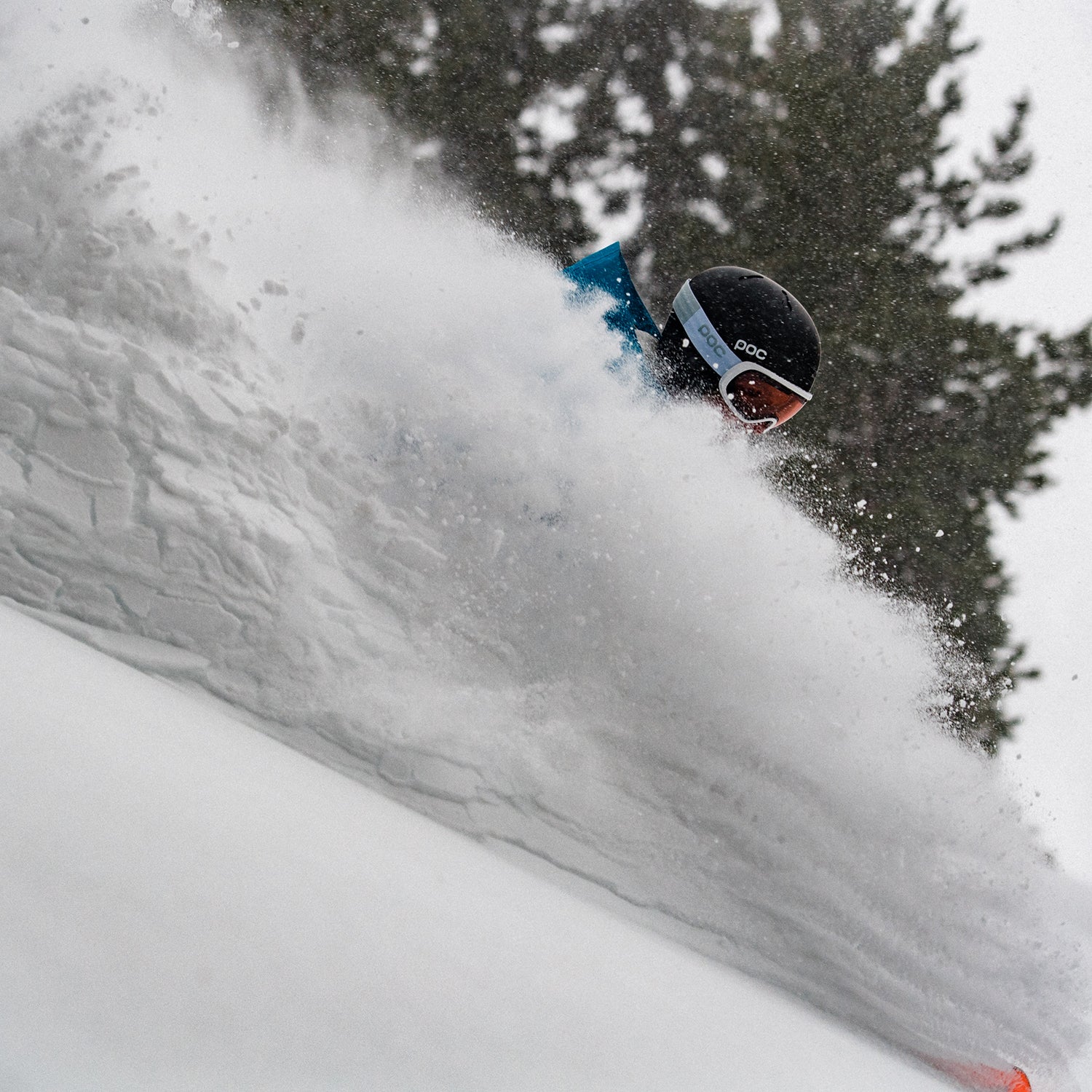For American ski racing fans, the biggest story going into this winter's in Kitzbühel, Austria was whether , the top speed skier on the U.S. Ski Team, could become only the third American to win the on the famous track. The new helmet Nyman wore as he negotiated the icy piste went pretty much unnoticed. But the story of the technology inside that helmet, made by Swedish manufacturer POC Sports, might have the most significant impact on skiers in coming years.
When launched in 2005, they were the first ski helmet company to address rotational forces—the twisting blows that cause the brain to slosh around inside the skull. Scientists agree that it’s those forces that cause a large percentage of brain injuries during crashes. To mitigate rotational forces, POC called upon another Swedish company named , which stands for multidirectional impact protection system. MIPS is a plastic frame that’s inserted between the padding and the shell of the helmet that shifts by 10 to 15 millimeters during falls, reducing the severity of the impact by as much as 50 percent better than a traditional helmet, according to the company.
Since 2005, POC has used MIPS in most or all of their helmets—until now. Nyman’s helmet, as well as five consumer helmets (, , , POCito Auric Cut, Artic SL; raging from $180 to $400), will now use a technology created by POC called , which stands for “shearing pad inside.” SPIN is a series of thin, jelly-like pads made of silicon, strategically placed inside the helmet (the location of the pads is different in each helmet). During impact, the pads have the ability to move in every direction possible. The obvious difference between MIPS and SPIN is that the latter has pads that adhere directly to inner shell of the helmet, eliminating the extra piece of plastic and improving fit. But there might be more to it.
In laboratory testing the helmets with SPIN performed well, according to POC. Better than MIPS? “We’re more than happy with the results,” says Mikael Oden, POC’s product manager, refusing to offer much more. That’s likely because POC will continue to work with MIPS, still offering the company’s technology in some of their helmets.
It’s important to note that it’s not entirely known how well MIPS or SPIN works in the real world. “There’s no evidence from an accident setting that either solution works,” says Dr. Par Hamid Gathan of the and one of the developers of SPIN. “We need to continue to study how these solutions work in a real-life setting.”
In theory, however, SPIN should help lessen the effects of a bad crash. That’s good enough for Steven Nyman, who trusted the technology to protect his most vital asset as he flew down the Hahnenkamm at 80 miles per hour and into tenth place on Saturday. And, POC hopes, it’ll be good enough for consumers, too.


